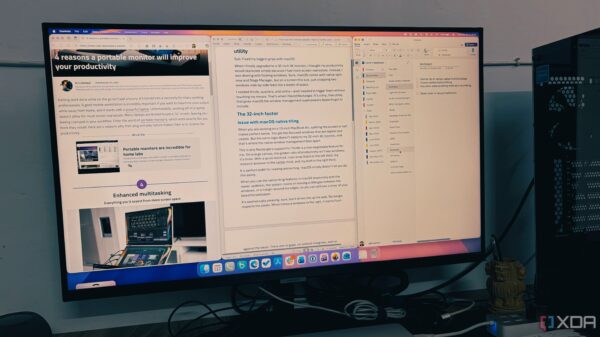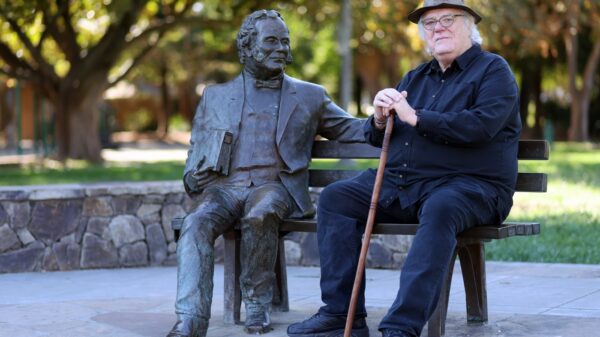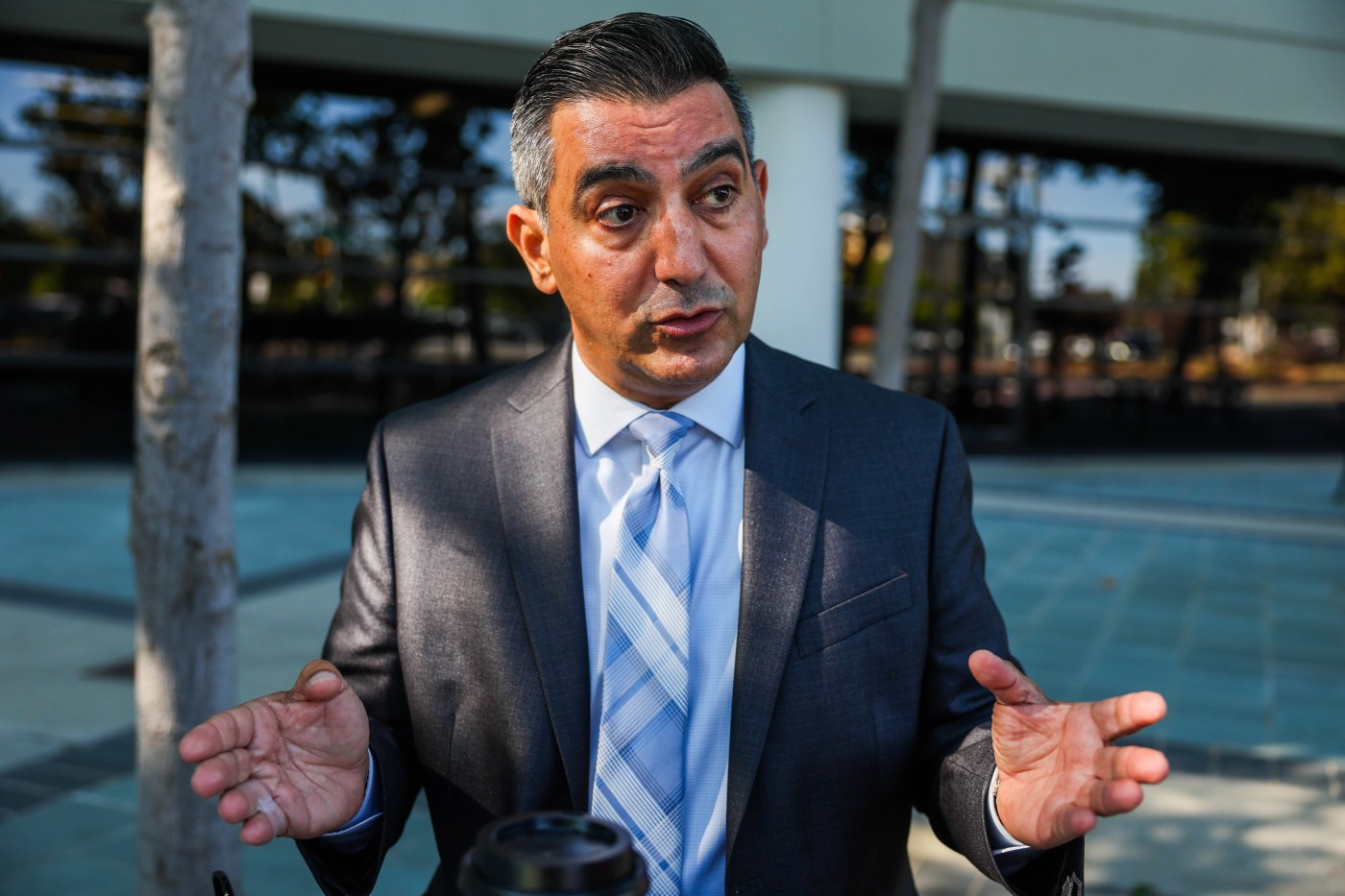UPDATE: Los Angeles schools are taking decisive action to safeguard students from potential ICE raids, while many Bay Area districts remain passive. As students return for the new academic year, leaders are scrambling to protect immigrant families amid escalating immigration enforcement.
In a bold move, the Los Angeles Unified School District (LAUSD), which serves approximately 400,000 students, has introduced groundbreaking policies to shield children and their families from immigration agents. Following the Trump administration’s announcement that school campuses would no longer be considered “sensitive locations,” LAUSD has partnered with local organizations to create safe-passage networks. These initiatives aim to help families travel to school with minimal risk of encountering ICE agents.
Chris Nellum, executive director of EdTrust-West, emphasized the need for Bay Area schools to adopt similar proactive measures. “We’re hoping that folks will look at LAUSD and tailor what works for them here in the Bay,” he stated. Despite calls for action, many Bay Area school districts have not implemented comparable protections.
In response to rising community concerns, Marcus Walton, director of communications for Contra Costa County’s Office of Education, confirmed that staff will receive training on how to respond to law enforcement activities on or near campuses. However, he acknowledged that they are not planning a response on par with LAUSD’s initiatives.
The Sunnyvale School District is also exploring options to bolster support for its diverse, immigrant-heavy community. Superintendent Gudiel Crosthwaite stated, “I don’t want to wait… I want to work with our school board and make sure we’re doing everything proactive.” He highlighted the importance of being prepared for the kind of immigration activity witnessed in Los Angeles.
While Bay Area education officials are providing some resources, the level of coordination and action seen in Los Angeles is noticeably lacking. Spokespeople from various counties, including San Mateo, Alameda, and Santa Clara, confirmed they are not planning extensive measures similar to LAUSD’s, although they are attempting to assist families in need.
Legal expert Ritu Mahajan Estes explained that schools are generally private spaces, requiring judicial warrants for immigration agents to enter without permission. This legal framework has allowed many schools to restrict ICE activities effectively. “Enforcement actions don’t appear to be targeted,” she noted, emphasizing the unpredictable nature of ICE raids.
Despite the apparent inaction among Bay Area districts, community organizations are stepping up. Ali Saidi, director of Stand Together Contra Costa, remarked that his office is doubling down on resources for immigrants, focusing on winning asylum cases and other legal victories. “We’re trying to show that we still value and care for all people,” he affirmed.
The urgency of the situation is underscored by the establishment of a $5 million SAFE Center, which aims to connect immigrants with vital resources and support. Tentatively set to open in Concord by December, this center will serve as a hub for assistance.
As the new school year unfolds, the pressure mounts for Bay Area schools to take immediate, impactful action to protect their students. The success of LAUSD’s initiatives may serve as a critical blueprint for how schools across the state can and should respond to the ongoing immigration crisis.
Parents and community members are urged to stay informed and advocate for stronger protections as the implications of ICE raids loom large over their schools. The time for decisive action is NOW.




































































